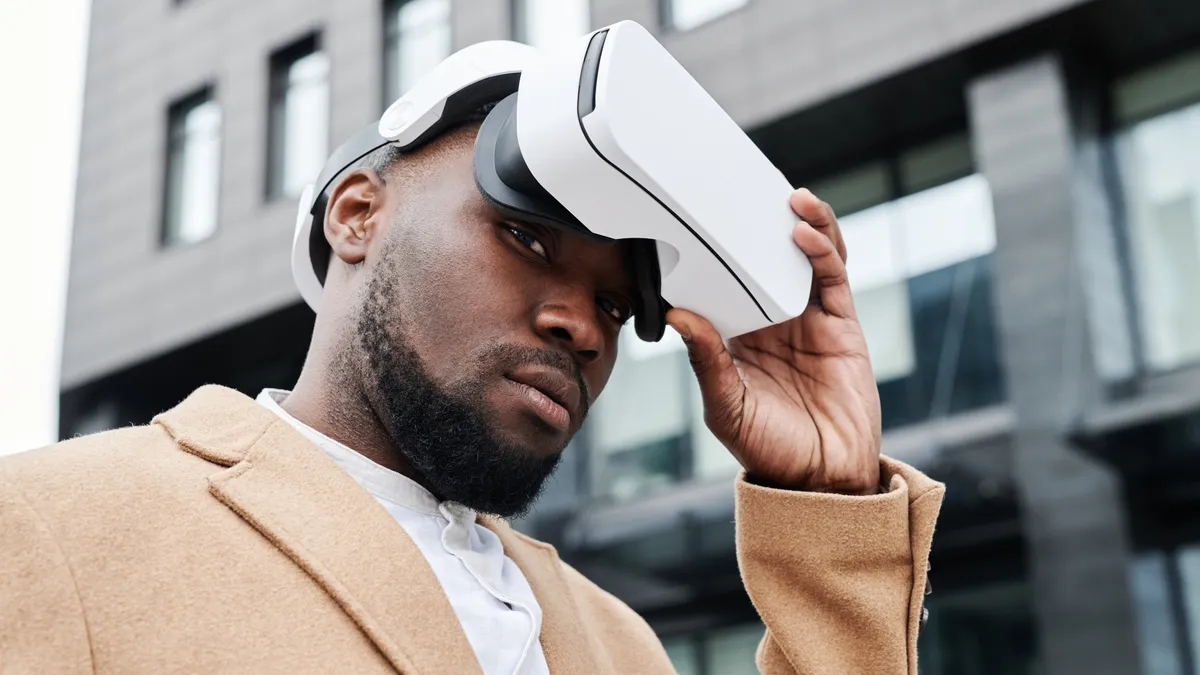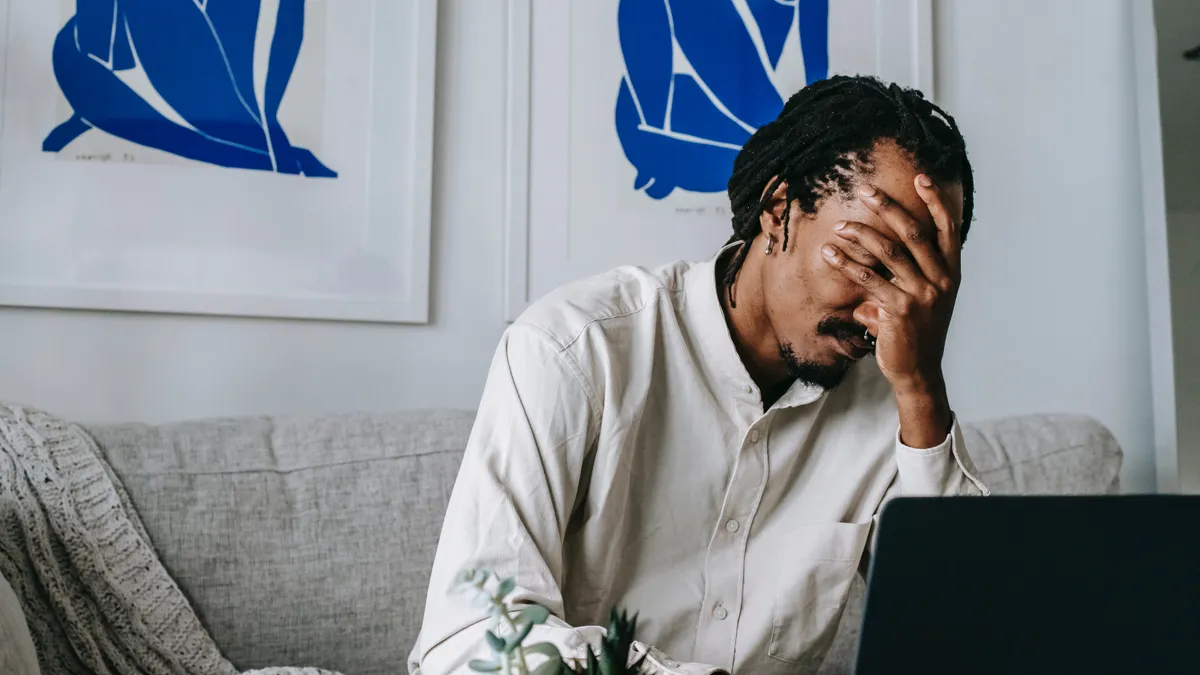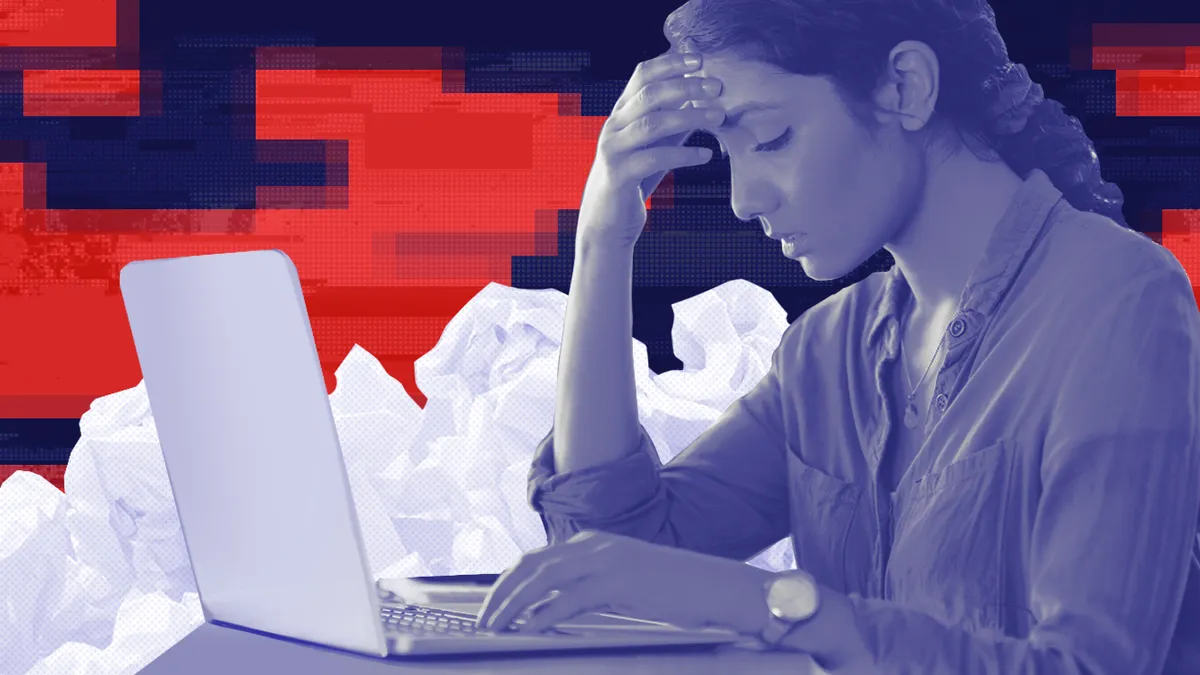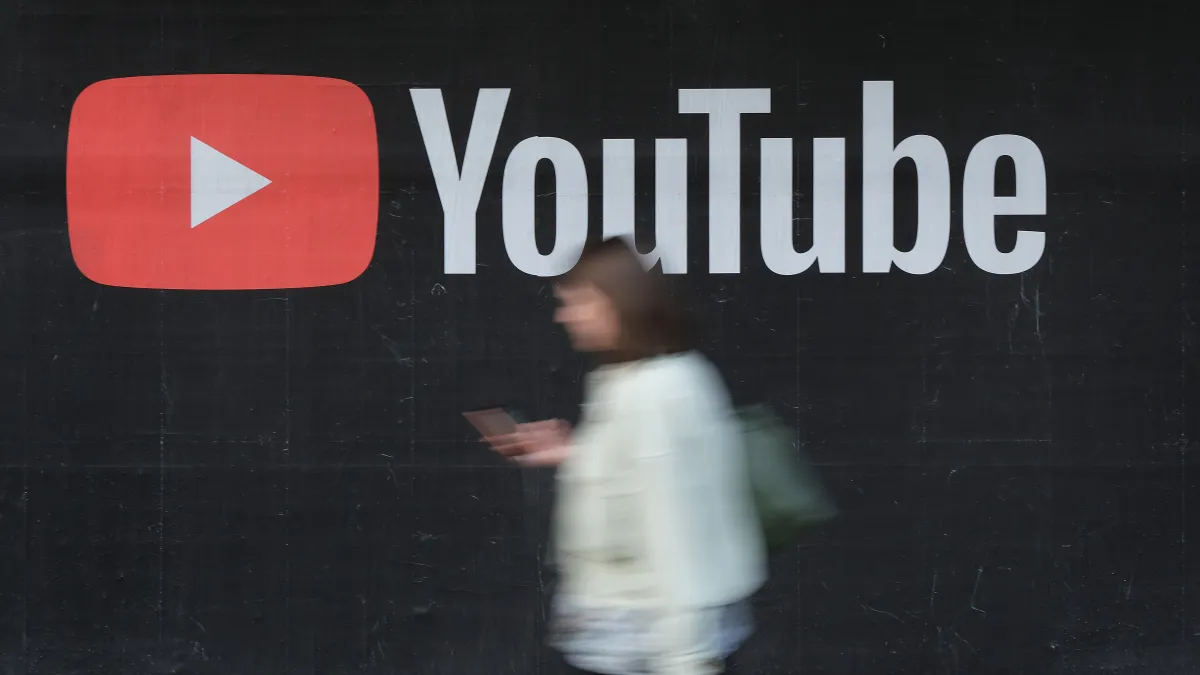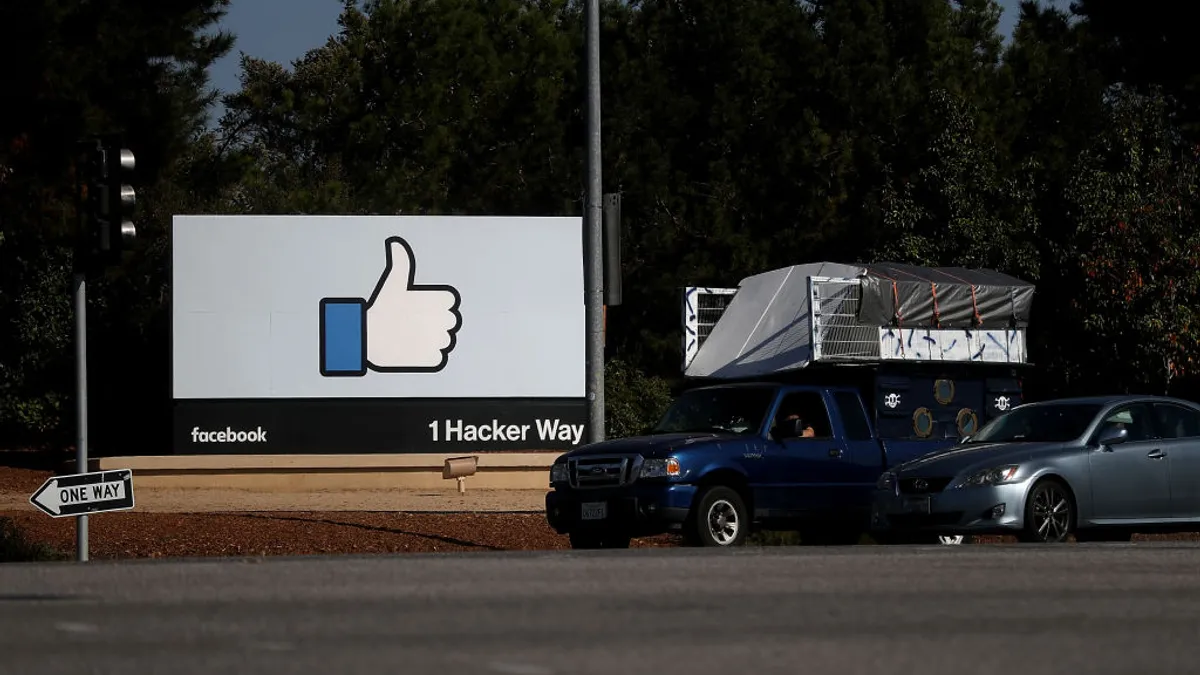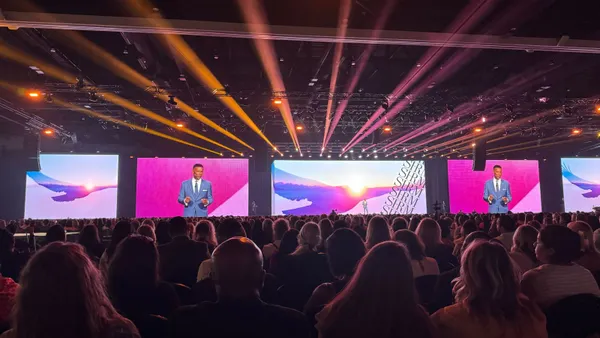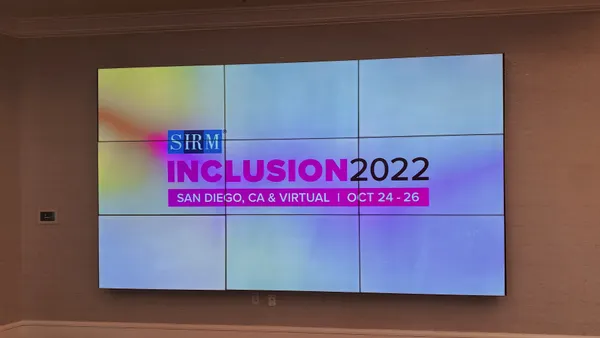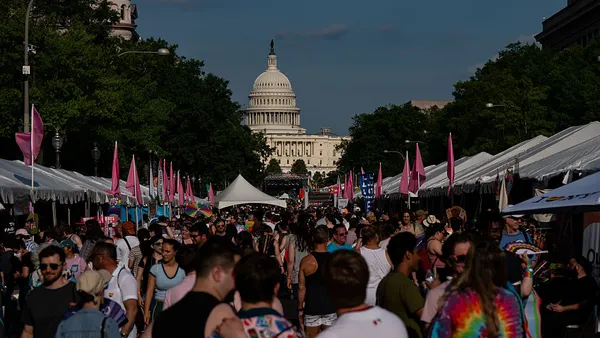The summer 2021 office wars have taught HR professionals there's no one-size-fits-all approach to re-entry. For the employees who enjoy working remotely, there may be a more serious reason they'd like to stay home — beyond the chore of commuting or the demand for "real clothes." Many workers are avoiding a toxic, microaggressive work environment.
A microaggression is a subtle, often unintentional behavior indicating prejudice or bias toward a marginalized group. Randstad's Chief Diversity and Inclusion Officer Audra Jenkins links microaggressions to Black workers' lack of enthusiasm toward re-entry.
For context, the Remote Employee Experience Index by the Future Forum found that 97% of Black employees working remotely in the U.S. wanted a hybrid or full-time remote working model, compared to the 79% of their White counterparts who wanted a hybrid or full-time remote model.
"I think what's driving that number is that a lot of Black and Indigenous people, and people of color don't have psychological safety at work," Jenkins said regarding the 97%.
"These everyday slights, insults — a death by 1,000 cuts is what it really is," Jenkins said of microaggressions. "The intent does not minimize the harm. Just because you were 'well-intentioned' doesn't minimize the effects of what you said or did."
Black women especially are feeling the burn
"The triple pandemic" through which U.S. workers have traipsed this past year — the pandemics being COVID-19, social unrest, and economic insecurity — has taken its toll. As a result of these stressors, people are burnt out and anxious, Jenkins said.
McKinsey's 2020 Women in the Workplace report shows that women are largely feeling the pressure of the pandemic. In particular, Black women felt the brunt of the discomfort: about 27% of Black women felt pressured to work more, 34% felt burned out, and 40% felt exhausted.
A Gallup study also confirmed that Black women have been feeling uninspired and jaded amid these pandemics. A December 2020 survey suggests that, on average, 33% of Black women feel like a valued member of their team. Compare that to the 38% of White women and 42% of White men who said the same.
And where 39% of White women and 42% of White men reported feeling respected in the workplace, 36% of Black women said they felt the same. Black women are also less likely to find their "organization is fair to everyone," that they have the same opportunities as everyone else, and that they trust their organization to do what is ethically right.
In the context of 2021's triple pandemic, Jenkins added, behaviors like microaggressions "can mentally and emotionally break a person."
Showing up for BIPOC employees is simple
Recently, Jenkins and Randstad's HR department juiced up their employees' benefits package. "We changed our vendor for our employee assistance program to get more aligned to our healthcare provider," she said. "And to make it easier to transition from free sessions you get with your EAP to something longer term, where your health insurance coverage can take over."
The team also provided a global mental health day for employees, outside of regular PTO. "Just an extra day, recognizing that people are burning the candle at both ends," Jenkins said. "As there's turnover, there's also redistributed work, and that adds more stress to the existing employees in your workforce. You've got to recognize when they need a break, and when they can get an extended break."
It starts with the C-suite
As Jenkins points out, everyone is navigating this era of the pandemic for the first time, together. But some classic HR techniques can still be applied to hybrid-work-related problems, especially those that concern diversity and inclusion. Step one: Prioritize D&I goals from the top down, Jenkins told HR Dive.
"Diversity, equity and inclusion is only as important as the most senior leaders make it," Jenkins said. "The CEO sets the tone for whether your organization has a strong culture that's welcoming and accepting for all, or not." Jenkins' company has an executive diversity council, which is co-chaired by Randstad's CEO and CFO, and also includes the C-suite's direct reports.
"Having that senior-level focus on diversity is important, but so is being visible with it, [being] as transparent as you can," she added. "It's telling people, 'Hey, no, we're not perfect. But we're working on it."
Secondly, focus on diverse talent's well-being — from the final rounds of their interview, to the insight they offer in an exit survey. Speaking about employee health, Jenkins said, "If anything, in 2020 and 2021, we've had this shift in how we look at D&I. It's no longer nice-to-haves or about branding. It's more attracting and retaining diverse talent."
Reminder: Employees thrive best with empathy
In order to create a psychologically safe environment, center transparency, connectedness and freedom, Jenkins said. There should be open conversations about "work-life integration," a term Jenkins prefers over "work-life balance." That kind of atmosphere leads to retention of top talent.
More concretely, she recommends that HR professionals clearly define a microaggression for their team, and do a deeper dive to find the source. Randstad engages in monthly engagement surveys that get down to the nitty gritty. "It used to be that you had those surveys once a year. 'OK, great! We got a survey.' Check the box. Move on. Now, you have to really look at the responses of those engagement surveys." Randstad looks at results down to the employee leader who may be causing employee engagement issues.
Exit interviews also receive scrutiny, except the HR team breaks down data by demographic. "If you're seeing that 80% of your terminations are women or 80% are people of color, then that's sounding an alarm. There's an underlying current of something that's not right in your organization from a diversity, equity and inclusion perspective."









